In the early 60s, the US military faced a serious problem. Much of its firepower was tied up in manned strike aircraft, but these aircraft were increasingly vulnerable to surface-to-air missiles like the Soviet SA-2 Guideline. Any effective air campaign would require the destruction of the SAM sites, but existing methods of attacking SAM sites, such as iron bombs and short-range missiles, were extremely dangerous. Fortunately, China Lake, the Navy's main center for developing aerial weapons, had the idea for a missile that would home in on the SAM's own radar emissions. This neatly solved several problems. The attacking aircraft could launch from greater range, and without having to get the precise position of the target. Simply lob the missile towards the SAM site, and it would find and attack the radar on its own.
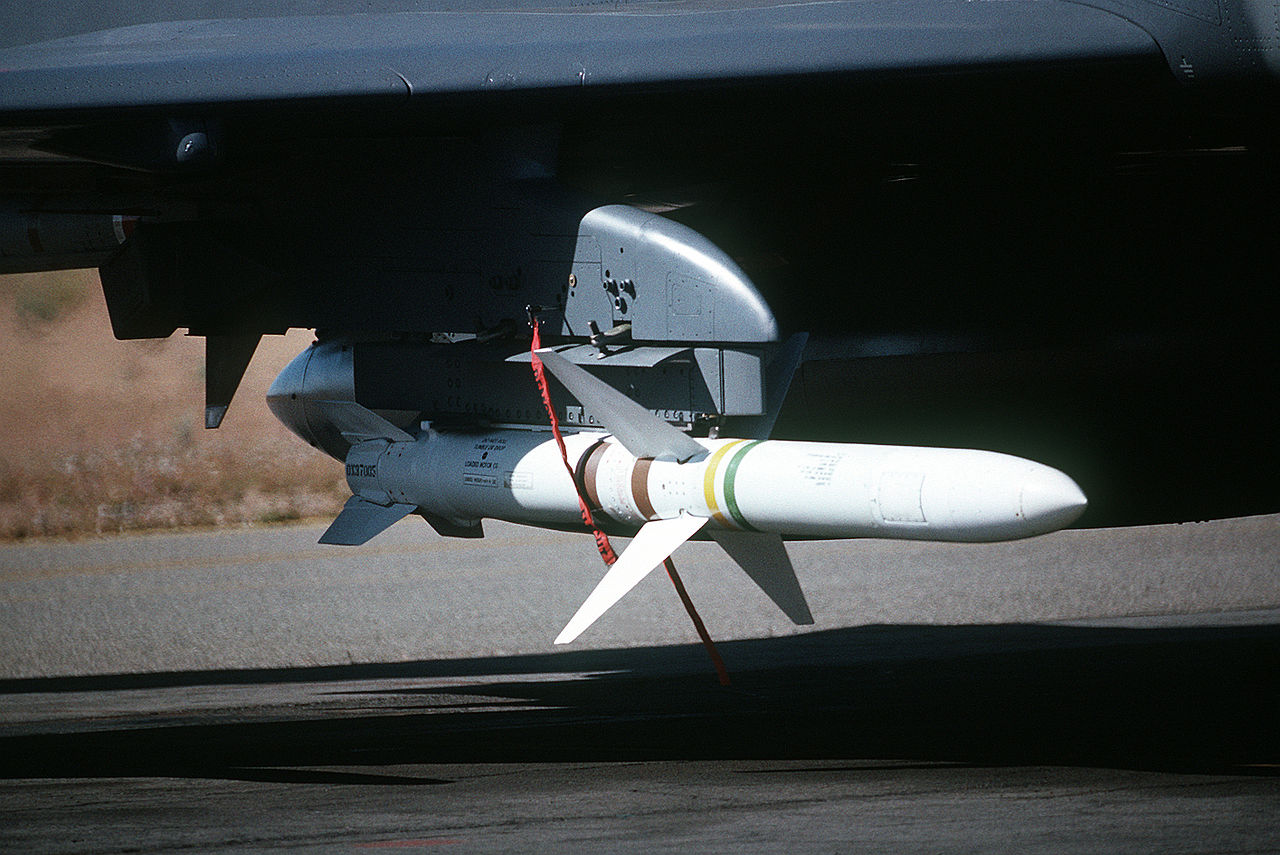
AGM-45 Shrike
The first weapon of this new type, dubbed anti-radiation missiles, was the AGM-45 Shrike. It was based on the airframe of the AIM-7 Sparrow air-to-air missile, but with a new seeker designed to track the Fan Song radar of the SA-2 and a different warhead and rocket motor. This weapon was in use over Vietnam almost as soon as it entered service, and proved a significant improvement over previous methods of shutting down SA-2 sites, although it had a number of drawbacks. Read more...



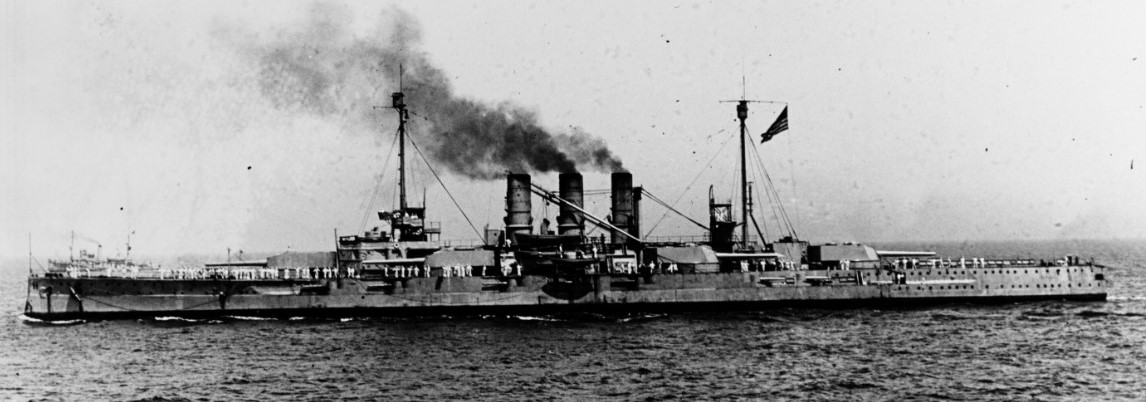
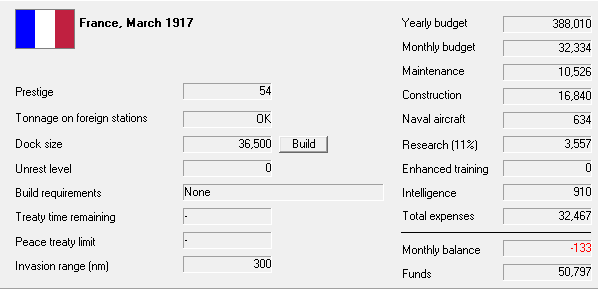
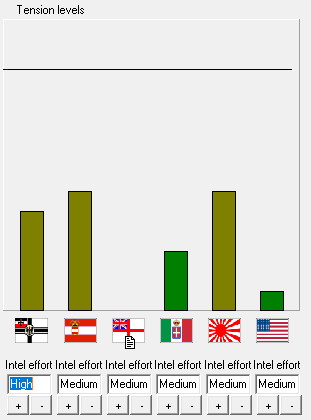

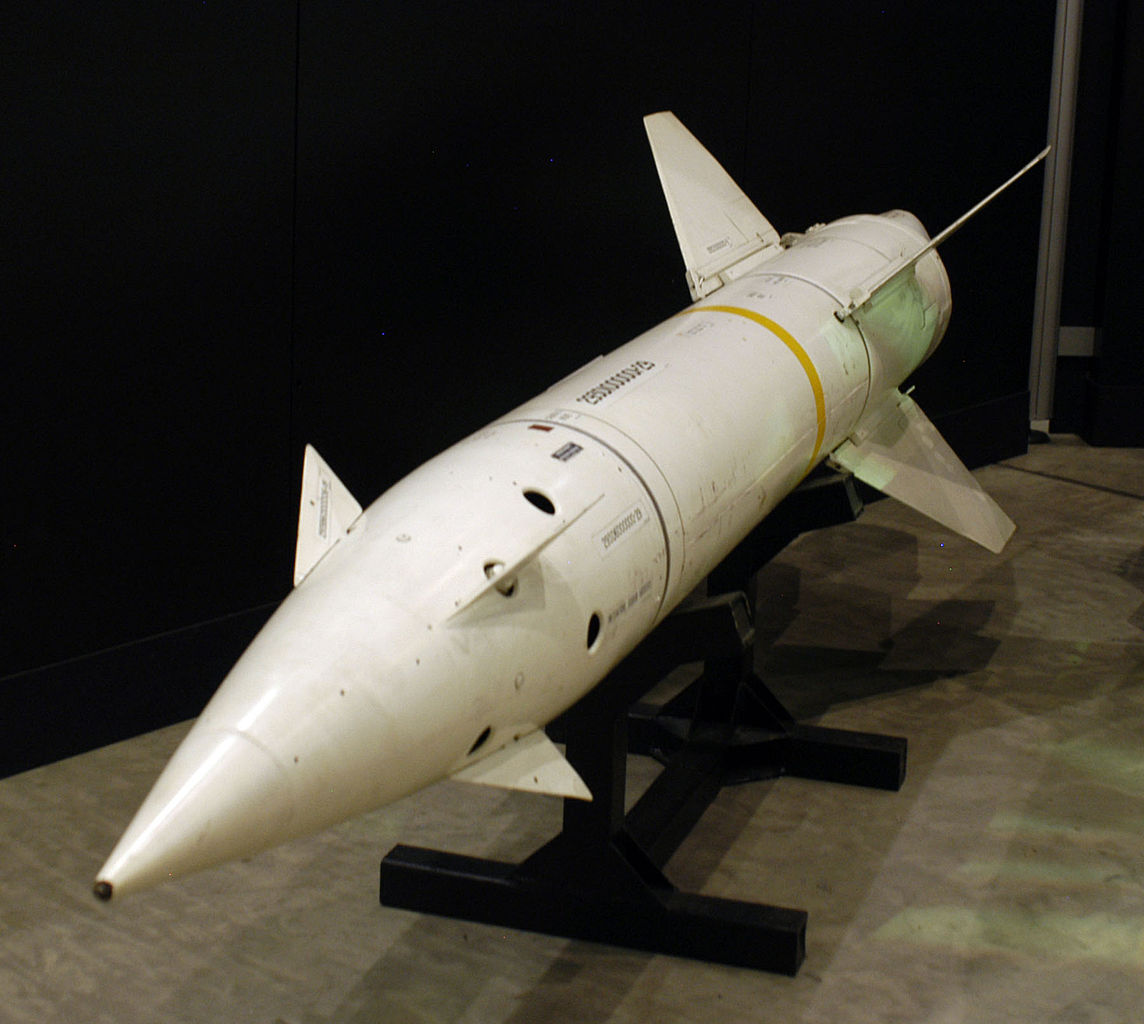


Recent Comments